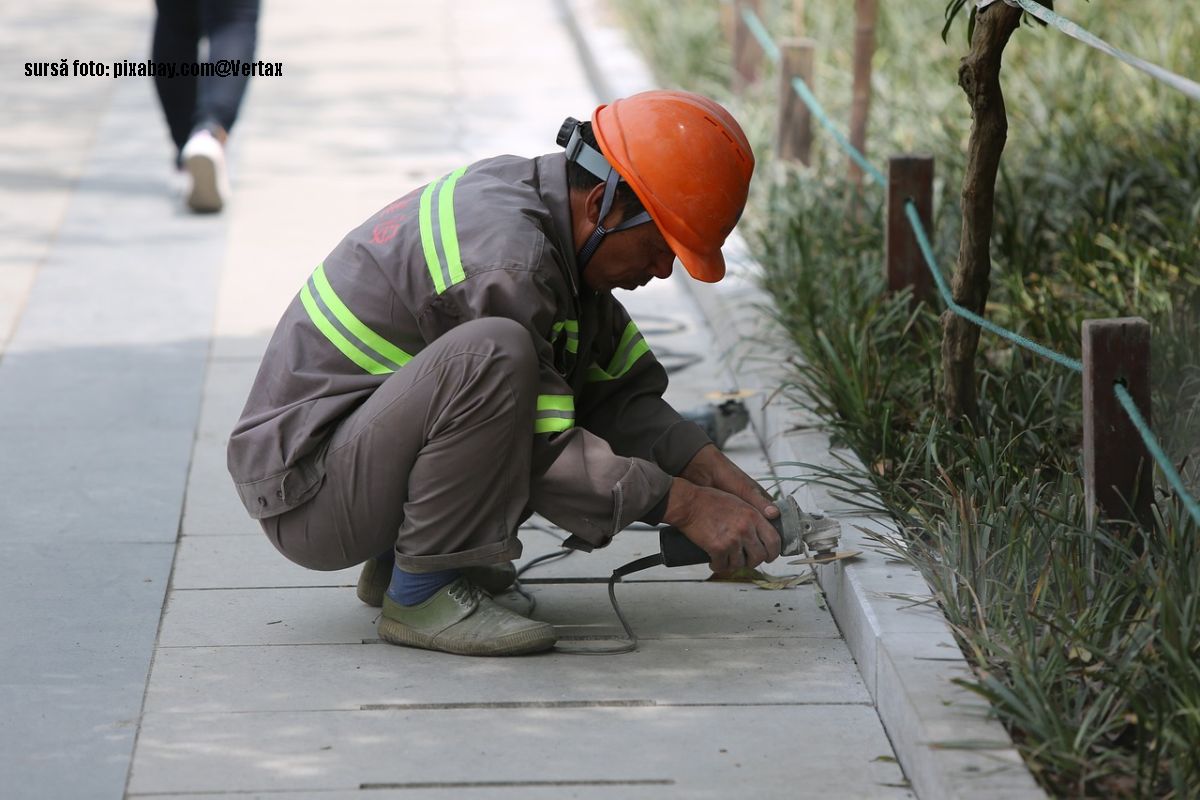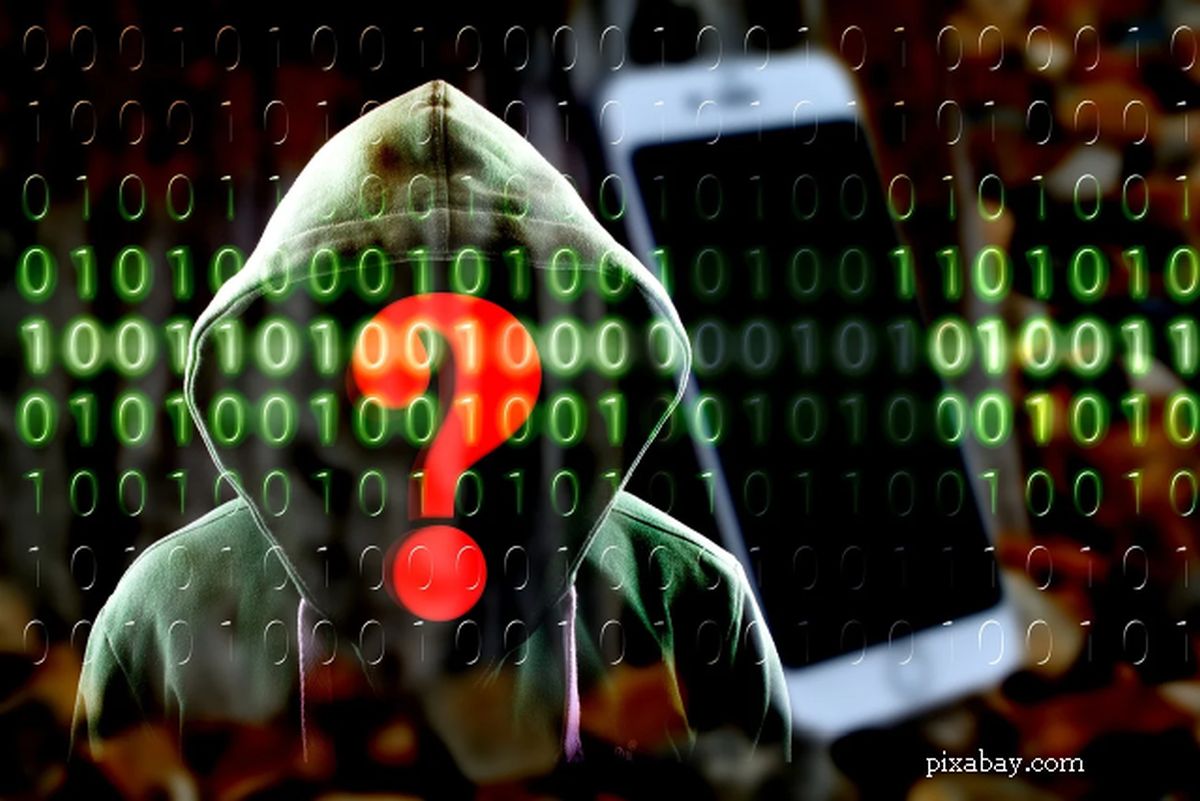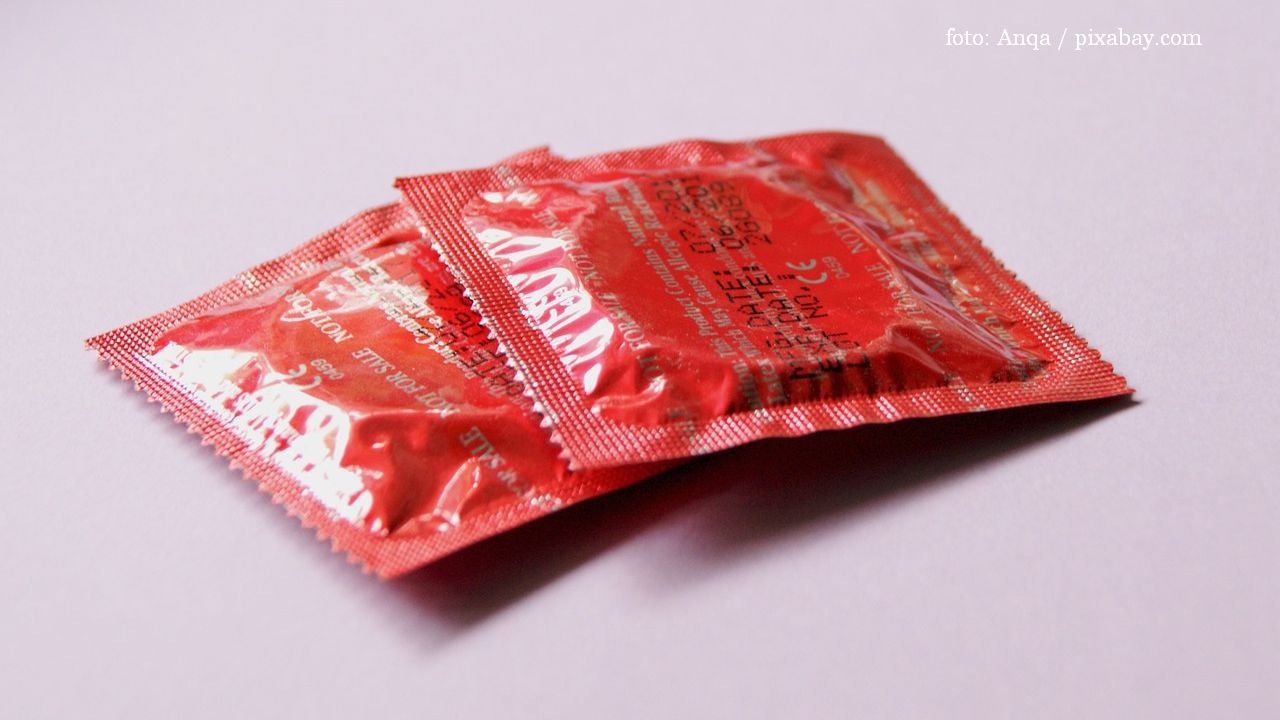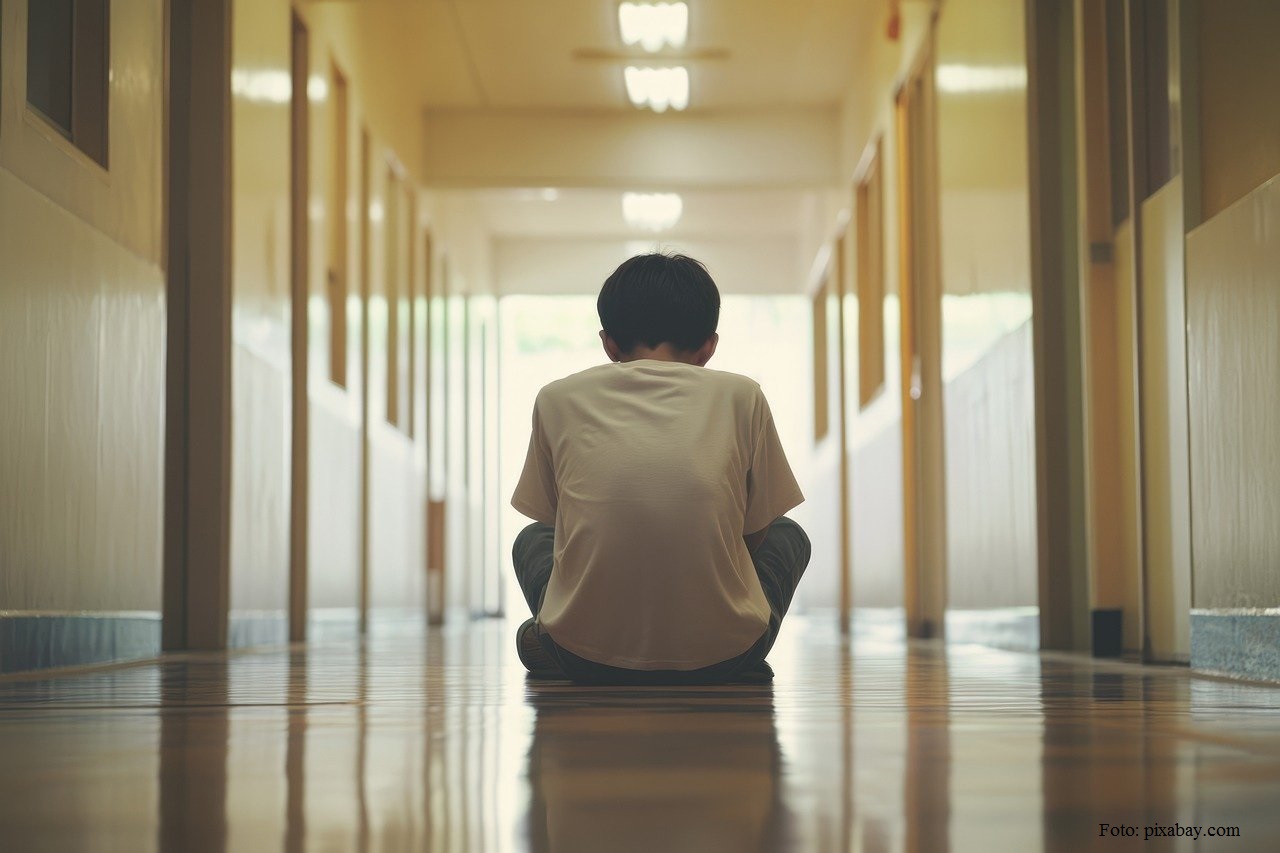Aggression between Children
Bullying in schools
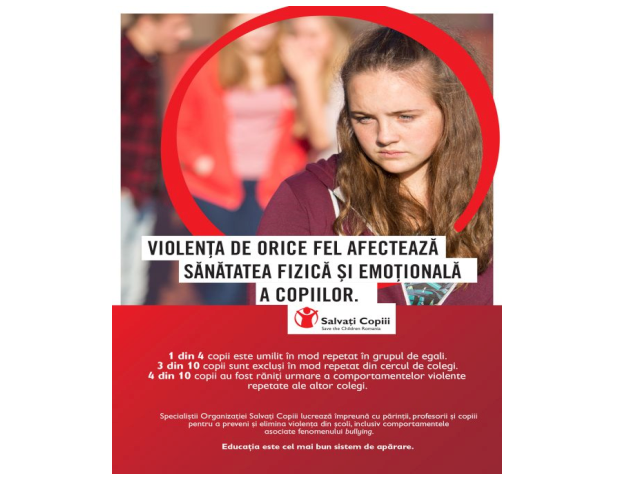
Christine Leșcu, 01.06.2016, 13:45
Innocent, delicate, playful or just bashful, children, once registered for kindergarten or primary school, leave the usually protective family environment and take the first steps towards establishing their own relations in larger group of people. How that happens and what changes children undergo to be accepted in a group, to make friends or to win the others’ admiration, usually remain unknown to parents.
The latter are astounded to discover a reality that they sometimes like and sometimes don’t, such as aggressiveness between children or bullying. A serious phenomenon, which can be found in any type of society, this kind of violence has only recently been subject to sociological scrutiny in Romania. The research has been coordinated by the “Save the Children” non-governmental organization (NGO).
The first conclusion that emerges: a child’s aggressiveness towards another child has its origins in the adults’ behavior. Psychologist Diana Stanculeanu explains why that happens: “More often than not, the bullying pattern of behavior is learned from somebody and there is a rather significant correlation between aggression between children and abuse against them, mainly in the family environment. In other words, children who are beaten at home stand a lot more chances to retain this violent behavior in school. Or, they are prone to tolerate violence without opposing it, given that they are used to violence, which makes them perfect victims.”
That is why, from the psychologists’ point of view, in a bullying situation all children, even the aggressors, are actually victims. Imitating the behavior they have seen at home, some of the children intimidate their classmates through repeated insults, through premeditated physical and verbal aggression and through the exclusion of other children from the group of friends.
Although it may appear as early as primary school, this type of violence called bullying mainly appears in secondary school and high school. That is why the authors of the survey coordinated by the “Save the Children” Association picked their respondents from among secondary and high school students, also including their parents in the survey.
We talked to two of the survey’s co-authors, psychologist Diana Stănculeanu and sociologist Ciprian Grădinaru, to find out through what concrete actions the bullying behavior manifests itself.
Here is Ciprian Grădinaru: ”Bullying is manifested through behavioral patterns targeting exclusion from the group, using phrases like ‘Don’t play with him any longer’ or ‘Stop taking part in our activities’. These patterns of behavior entail threats with physical violence or humiliation, up to the destruction of personal belongings and ending up with repeated physical violence.”
Social marginalization is another form of aggressive behavior between children. Spreading mischievous rumors or lies is another form of bullying proliferating in the online environment. As a rule, the children who are “different”, “special” are the victims of bullying campaigns.
With details on that here is Diana Stănculeanu: ”Differences vary. They may refer to the physical aspect, the main target in this case being overweight children, those with an obvious physical disability, and those whose clothes do not observe the norm of the group. Then there are differences in terms of accessories: gadgets, cell phones, schoolbags and so on. We are also talking about behavioral differences. Sometimes, simply keeping a low profile, being shy or not very popular makes you the perfect victim of bullying. In other situations, being more hard-working, the best, the most responsible student in class is enough to cause a negative attitude in class. Other targets of bullying are the children with mental health problems, translating into specific behavioral patterns.”
Statistical data point to a discrepancy between the declarations of those who witnessed a bullying situation and of those who were victims or aggressors. Here is sociologist Ciprian Grădinaru once again:” Let’s start with the exclusion from the group. We discover that roughly 2 out of 10 children say they excluded someone from the group or were excluded from the group themselves. As regards threats with physical violence and humiliation, 20% of the children said they repeatedly humiliated another child or someone of the same age. 29% of the pupils said they were threatened with being hit and 13% of them said they repeatedly hit another child. 16% said they repeatedly beat another child up. As for the victims, we notice that 32% of them said they were pushed or nudged by other children, 39% of the children said they were slightly injured by other children, while 16% of them declared they were repeatedly beaten, and also 16% of the children said they were the aggressors. However, 75% of the children admitted to the aggressive situation in school, 58% of them admitted to aggression when it occurred in their class, and a very high percentage, 70%, admitted to bullying being perpetrated online, while 50% of them admitted that aggression occurred in the group of friends as well.”
One of the most interesting aspects highlighted by the survey on bullying is the children’s opinion about the adults’ involvement.
With details on that, here is Diana Stănculeanu once again: “Unfortunately, in the Romanian education system, the teacher, the teaching staff or any other adult in school, are seldom perceived by children as a source of help or of solving such situations. Many of the children confessed that when they reported on such instances of violence, they were accused of telling on their classmates, and such a behavior was not perceived as nice behavior. Furthermore, there are teachers who say that it is not their job to manage such situations, given that bullying situations do not occur in the classroom. They mainly occur on corridors, in lavatories, in the schoolyard or at the corner of the school. All these are locations that teachers do not consider in their job description, in the sense that it is not their role to solve them.”
Although the survey carried by the “Save the Children” Association highlighted the seriousness of the phenomenon as well as its scope, the Education Ministry or the school inspectorates have not reacted and have not come up with a common strategy to fight bullying in school. And that happens in the context in which the World Health Organization rated bullying, jointly with other particular types of parental education, the most serious risk factors as regards the mental health of children and teenagers alike.

